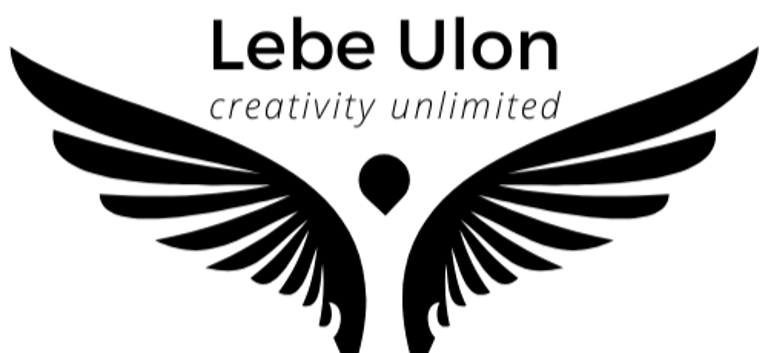How Small Organizations Are Using AI for Donor Reporting and Monitoring: Global Insights and Practical Tools
Blog post description.
6/29/20253 min read


How Small Organizations Are Using AI for Donor Reporting and Monitoring: Global Insights and Practical Tools
In the past, donor reporting and project monitoring meant late nights, endless spreadsheets, and stressful deadlines for small organizations everywhere. But now, AI-powered tools are quietly changing the game—helping even the smallest nonprofits, startups, and social enterprises deliver better, faster, and more transparent reports to their funders. This isn’t science fiction or Silicon Valley hype; it’s a practical reality for organizations across Africa, Latin America, Asia, and beyond.
Why Is This a Big Deal?
Donors and partners today expect real-time updates, clear results, and data-driven stories. Yet, small organizations often lack the staff, time, or budget for complex reporting systems. This is where accessible AI tools—many of them free or low-cost—can make a real difference.
What’s Actually Happening? Global Examples
Automating Report Drafting with ChatGPT and Gemini


Kenya: A Kenyan health NGO partnered with DataKind to use AI-driven data analysis for summarizing and reporting on community health worker programs.
Brazil: Teto Brasil, a youth-led nonprofit, has experimented with Google Workspace (including AI tools) to coordinate volunteers and summarize activity for donors (see Google Workspace case studies).
How: Staff feed meeting notes, outputs, or survey results into AI, ask for a summary or donor-ready draft, and then edit for accuracy and voice. OpenAI’s ChatGPT for NGOs is now widely used globally for this purpose.
Smart Data Visualization and Dashboards
Uganda: Rural Spark uses Microsoft Power BI to turn community data into easy-to-read dashboards for donors and stakeholders.
Vietnam: CARE Vietnam uses digital tools, including Excel with AI features, for project tracking and reporting (see Microsoft AI in Excel).


Translation and Localization
Morocco: Translators without Borders and many grassroots NGOs use DeepL and Google Translate to rapidly produce multilingual reports for funders in French, Arabic, and English.
Philippines: Local charities use tools like ChatGPT for translation and DeepL to draft and translate donor communications.


Real-Time Monitoring & Alerts
India: KoboToolbox is used by multiple small and medium NGOs to collect field data via mobile, and its AI-driven analytics allow real-time dashboards and anomaly detection for faster response.
Africa (general): ODK is widely used for mobile data collection and monitoring, with automated analytics increasingly applied for donor reporting.


The Tools That Make This Possible
ChatGPT / Gemini / Claude: For drafting reports, summarizing data, and rewriting for clarity.
Google Looker Studio / Microsoft Power BI: For dashboards, charts, and real-time visual reporting.
KoboToolbox / ODK / SurveyCTO: For mobile data collection, with AI-assisted analysis.
DeepL / Google Translate: For quick, high-quality translation.
Airtable / Notion AI: For organizing data, auto-generating reports, and streamlining collaboration.


What Are the Benefits?
Saves Time: Automates repetitive tasks so staff can focus on real work. Source: OpenAI for Nonprofits
Improves Quality: AI helps catch mistakes, ensure clear language, and create polished visuals. Source: Microsoft Power BI Case Studies
Enables Transparency: Dashboards and real-time alerts mean donors see updates faster and trust grows. Source: KoboToolbox Stories
Expands Access: Even small organizations with no IT team can now produce high-quality reports. Source: DataKind Kenya
Risks and Things to Watch Out For
Data Privacy: Always check what data you’re sharing with cloud-based tools—never put sensitive info into public AI systems without permission. Source: Responsible Data Practices, The Engine Room
Accuracy: AI drafts are a starting point; human review is still essential. Source: OpenAI Guidelines
Donor Expectations: Set clear boundaries with funders about what’s possible, especially if you’re just starting with AI. Source: GlobalGiving AI for NGOs
Getting Started: A Simple Checklist
Try using ChatGPT or Gemini to summarize your last project meeting notes.
Import your Excel data into Google Looker Studio and experiment with dashboards.
Use Notion AI or Airtable to auto-generate simple reports.
Join communities like ICTWorks or TechSoup for NGOs to learn from peers.
References
DataKind: Improving Community Health Worker Programs in Kenya with AI
Google Workspace for Nonprofits—Customer Stories
CARE Vietnam: End of Project Evaluation
KoboToolbox: Stories from the Field
ODK: Use Cases
DeepL: Translator
Responsible Data Practices—The Engine Room
GlobalGiving: AI for Nonprofits
Notion AI
Solutions
AI-powered services for businesses and creators.
Tools
© 2025. All rights reserved.
